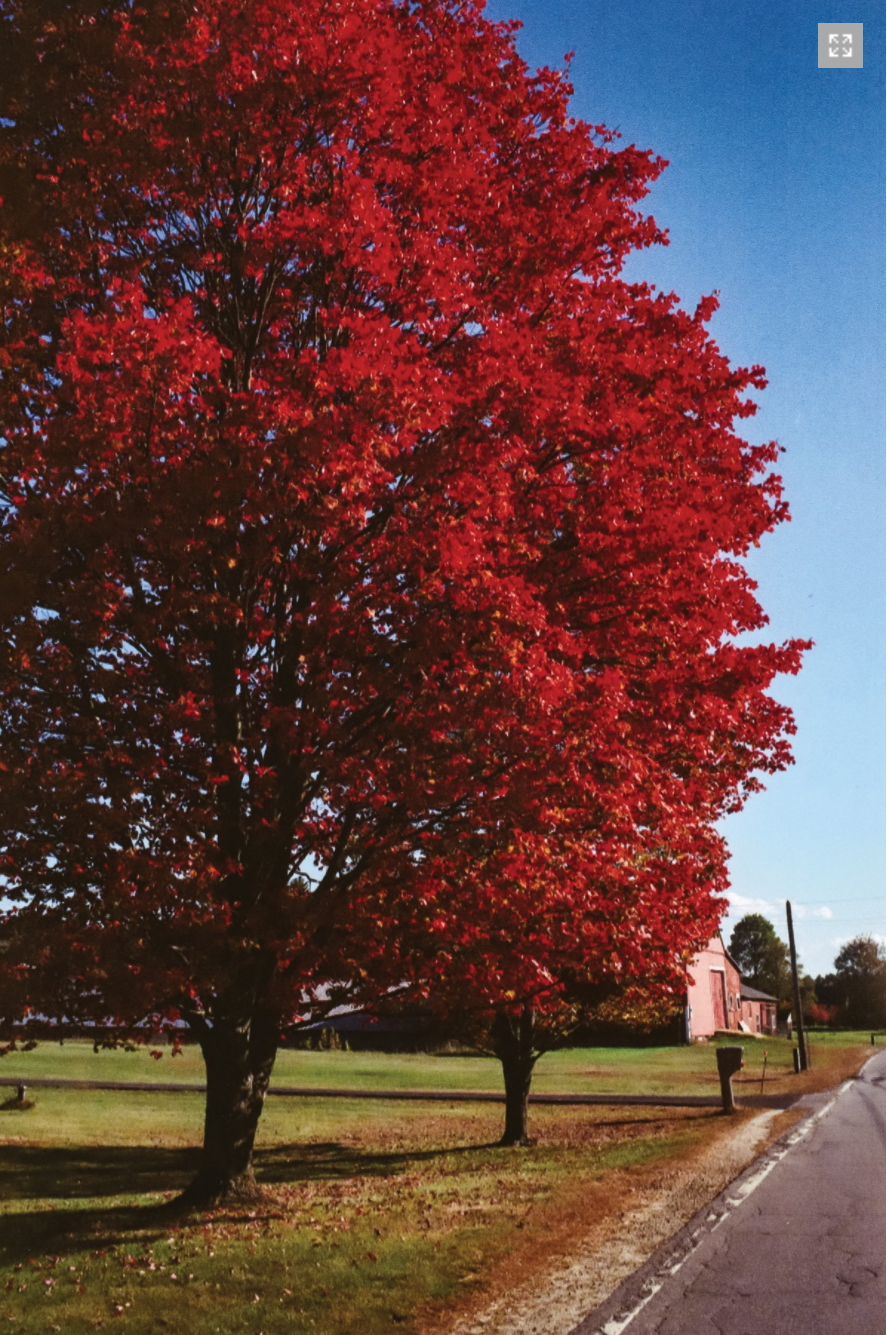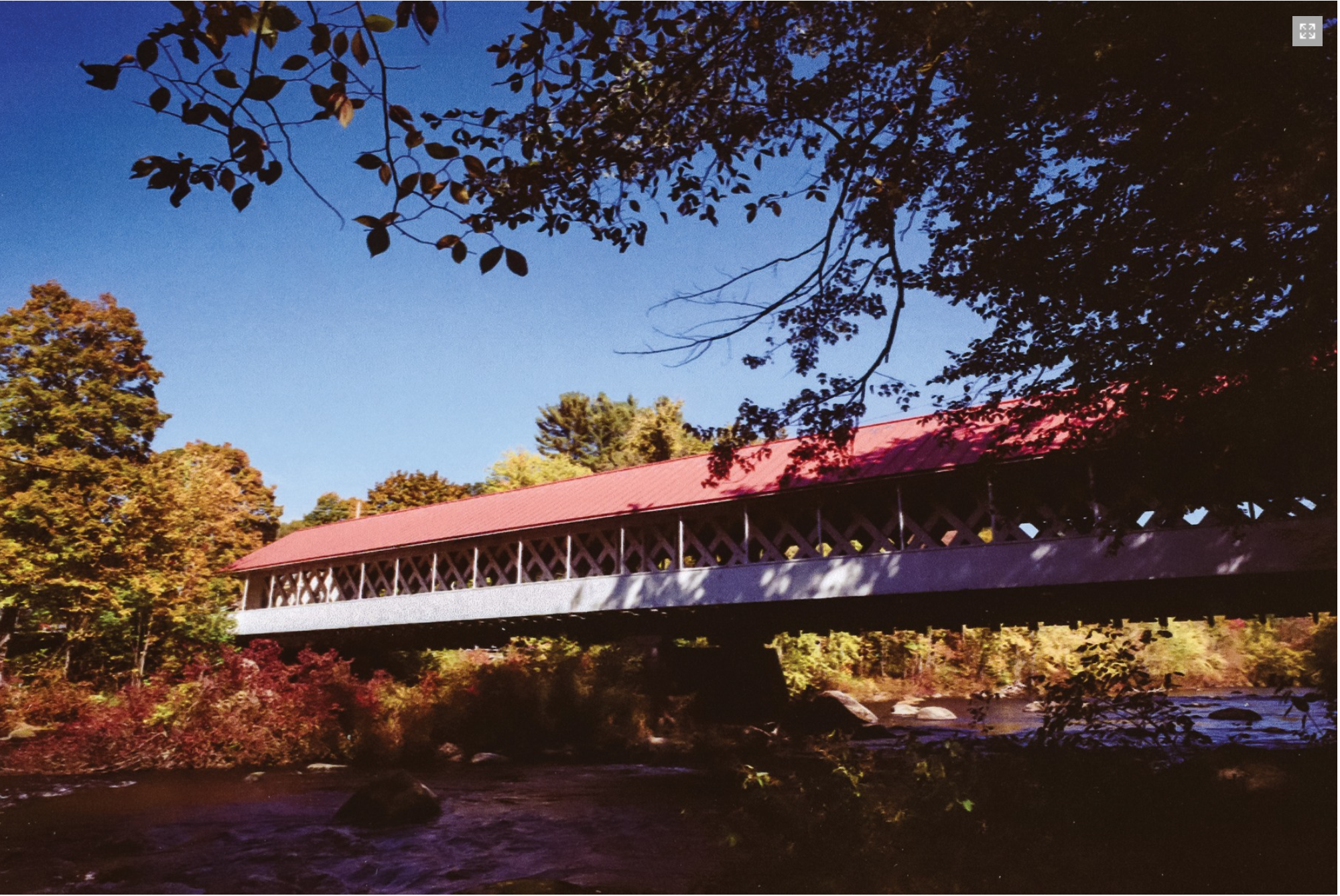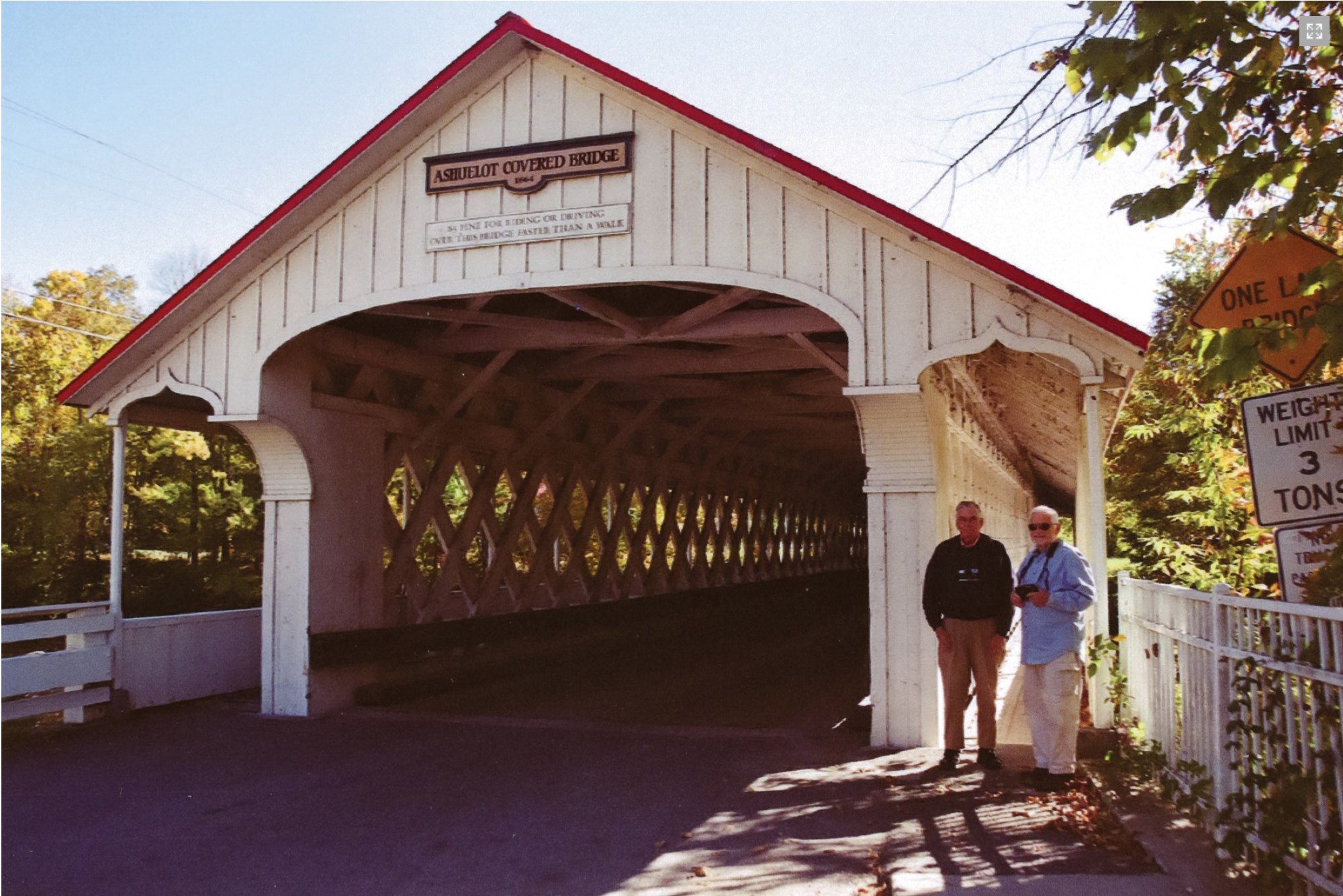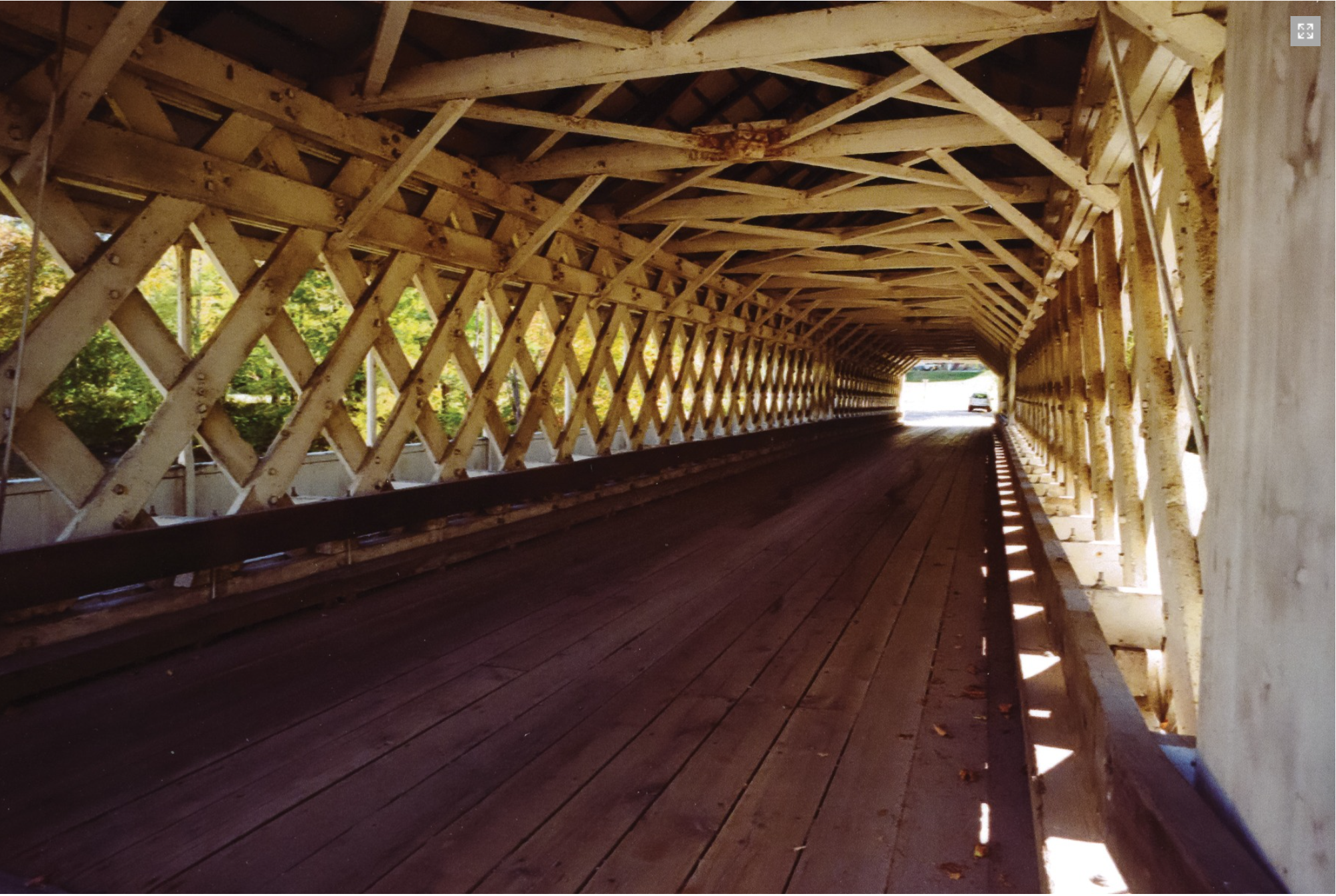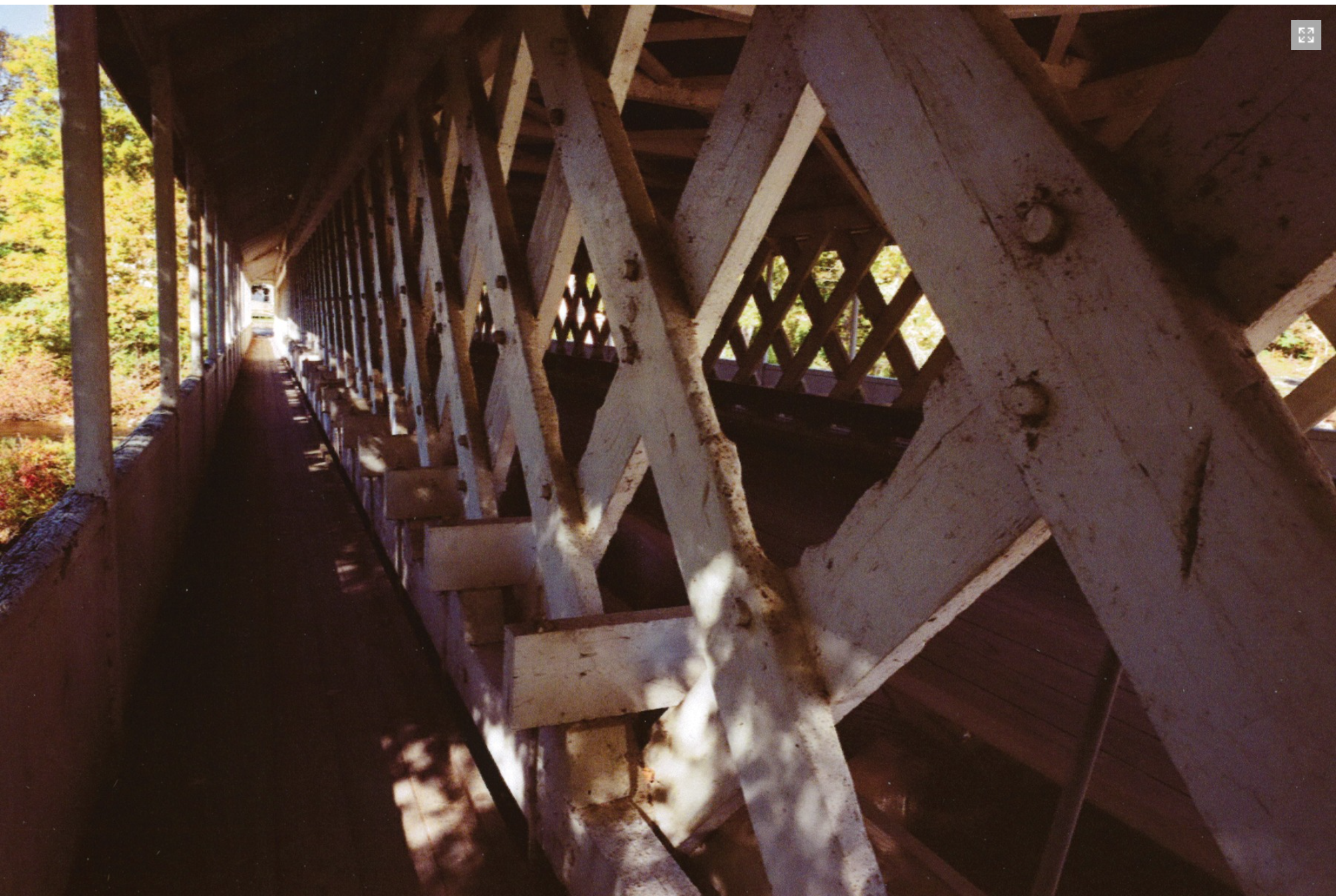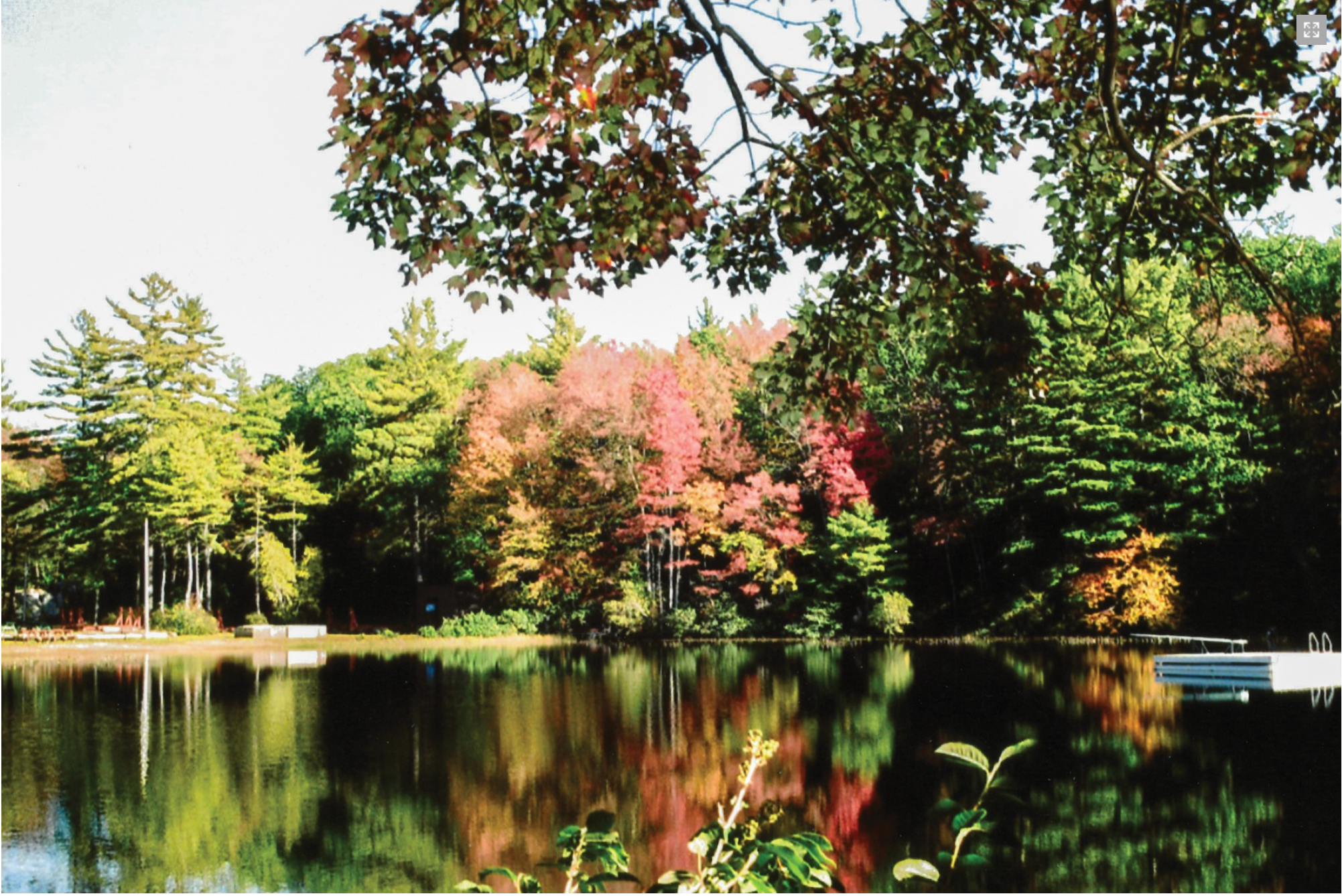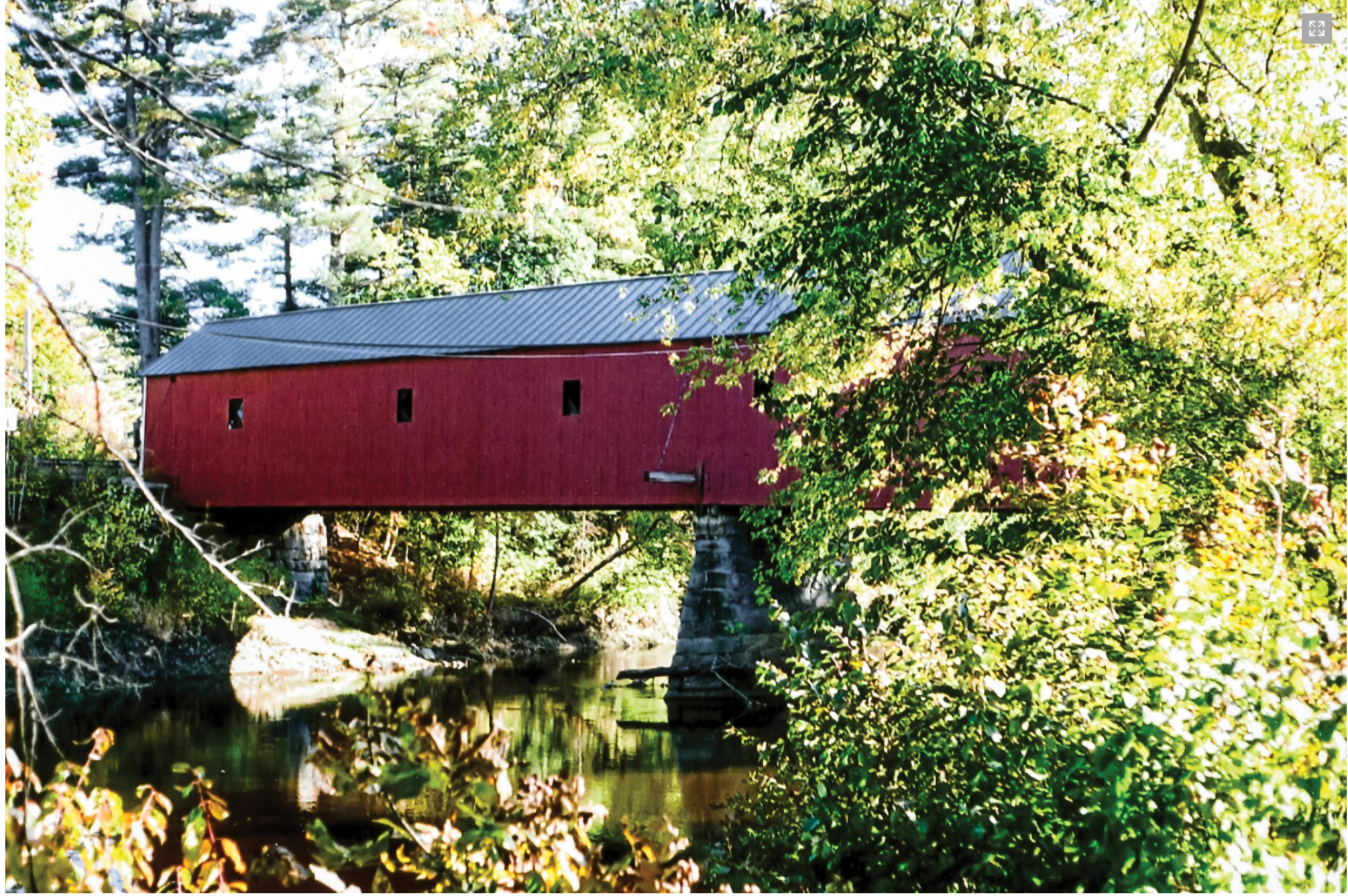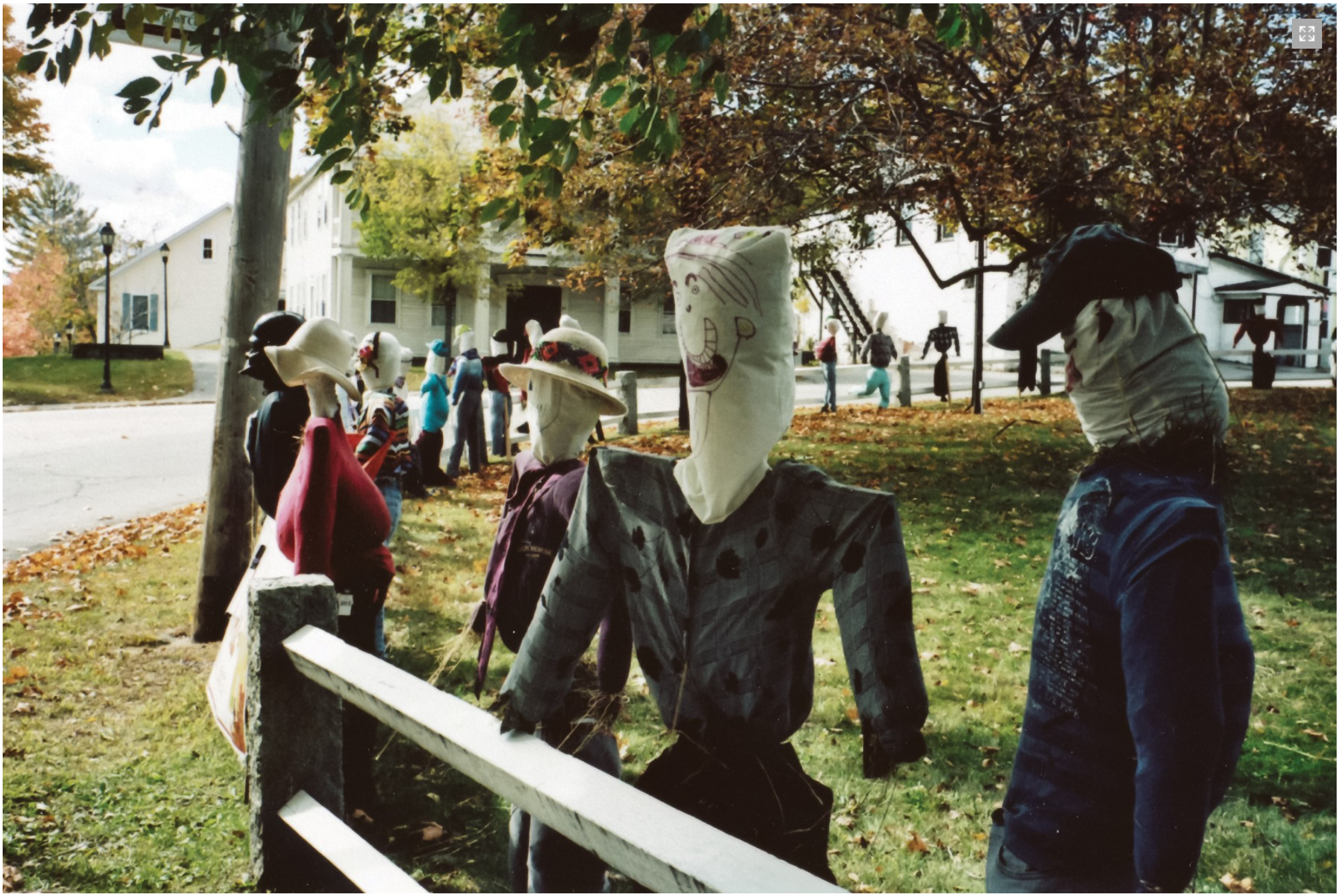Three Leica Old Filmers in New Hampshire
I lucked out when Will Wright accepted my invitation to drive up in October for an overnight at our home here in the New Hampshire outback. Dick Gilcreast was on board to join Will and me for a Leica shoot of fall foliage colors, covered bridges and anything else we thought to have a quintessential New England flavor. You fellow old timers may recall the article we had in Viewfinder issue 40-2 in 2007 wherein the three of us covered our two day “Big Apple” Leica trip into New York City. We three have maintained contact over the years and as OF’s (Old Filmers, of course) feel a particular allegiance to film and to the rugged and reliable M series cameras beginning with the M3 of 1954. As a matter of fact we three also own and shoot screw mount Leicas.
Will and Dick have been Viewfinder Contributing Editors for years. Articles by both of these gentlemen have come to be regarded as invaluable by Leica shooters everywhere. We three may not be able to bush whack through woods much longer to get a good scenic site but we have a heckuva lot of fun trying.
All right. Where first? How about this red tree? There were many others but this one was the first we saw as we drove from my house. (Image 1)Note: Usually in articles of this nature we Leicaphiles accompany each picture with lens and exposure information. Since almost all were set according to the M6 and M6TTL meters with little independent judgment required we think the statement that f/8 or f/11 at 1/250 on ASA 160 or 200 film was the normal setting. Lenses used were the 50mm f/2 collapsible Summicron-M, the 35mm fourth generation Summicron f/2 and Will’s Tri- Elmar. He mounted it on my M6TTL and I took a couple of shots with it but, for the life of me, I cannot tell which ones they were.
Next came the picture (Image 2) of the “Tramp House” with the current vagrant (me) about to enter. During the depression and other tight times many years ago some towns provided a bare minimum of overnight lodgings to those wandering in search of work and food. They were expected to do simple chores for townspeople and then move on. Our town of Richmond recently moved a half demolished, weather- rotted old tramp house from deep in our woods out to a site on the main road and rebuilt it while trying to save as much of the original material as possible. Why? Simply because it is part of our New England history of compassion for the downtrodden and it has become quite rare to find tramp houses anymore. It has a stove and a bed but no bathroom facilities. The woods beckoned. Those were tough people.
Luckily we have several covered bridges within easy driving distance. Anyone doing fall foliage shots in New Hampshire seems to always find himself also shooting covered bridges. One of the longest is the Ashuelot Covered Bridge (Image 3) . Built in 1861, it spans the Ashuelot River and is constructed using a dowelling technique I had not seen before.
In the picture of Will Wright and me at the walkway entrance to the bridge (Image 4) you will note the lattice-like work on the left side running the length of the bridge. The interior shot (Image 5) shows the construction and the next picture (Image 6) focuses in on what I have called the “dowelling.” You will note a sign of the times above the bridge entrance: “$5 fine for riding or driving over this bridge faster than a walk.
”About a mile from my house is Sandy Pond (Image 7), a quiet and beautiful place where the Boy Scouts of America have a camp. Dick and Will left the car and did some vigorous Leica hiking as they tried for a few representative scenics. The day was calm and the reflection of the fall colors on the pond surface was beautiful.
A smaller and more conventional covered bridge still in daily use (Image 8) was our next stop. It is almost stark when compared to the Ashuelot bridge but representative of the times, around 1850, when embellishment of anything was rare. In those days long before pressure treated lumber it had to be necessary to periodically change timbers. I climbed underneath this old bridge to look at its underpinnings and was not comfortable when a car drove overhead.
To wind up this short piece about three old friends in an afternoon of Leica-ing I found myself with my Leica M6TTL on a small village green in Troy. Halloween was approaching. Ghost and goblin figures were leaning on the fence around the green. For a moment I thought I saw Dick among them and took a quick shot (Image 9).We old filmers had fun. Our M’s are not the latest from Leica. None of them digital. All most comfortable to use. Will’s Tri-Elmar was the most modern of the gear we had with us. We did not take hundreds of shots from which we would pick the few for an article. That is an acknowledged constraint when comparing film to digital. But not for us. Perhaps we are of another time. So be it.Go grab one of those screw mount or M mount Leicas you have not used for a long time. No matter how old it may be, you will again appreciate the timeless devotion to quality and precision characteristic of any Leica. Buy some film (yes, it is still available), and join “Old Filmers” Will, Dick and me on your own Leica-shoot.


